
If you ask most people what a water fitness instructor should know, they would probably say pool exercises. While that is true, there is so much more to teaching a water fitness class than just knowing a variety of exercises. I teach a class for beginning water fitness instructors. While the class does not give participants a national certification, it does provide them with the basics to get them started and will help them prepare for getting certified later on. My next Beginning Water Fitness Instructor class will be October 9 and 16, 2021 from 10:00 AM – 2:30 PM at the McKinney Senior Pool in McKinney, Texas. Participants need to attend both Saturdays. Here is a sample of what I want them to learn:
It’s important to know the names of the muscles and what they do. What muscles are you using when you clap hands, push forward, do a side bend, kick backward, or do jumping jacks? You need to be aware of what muscles you are using when you plan your classes so that you don’t end up working the pectoralis major, triceps and quadriceps while leaving out the trapezius, gluteus maximus and hamstrings for an unbalanced workout. You need to know movement terms like flexion, extension, abduction and adduction, because different instructors use different names for the same exercises, but if you know the scientific name for the exercise you will know exactly what the exercise is.
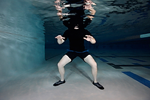
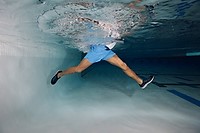
Water fitness classes take place in water which is much different from classes on land. The properties of water offer many benefits. Buoyancy offloads the joints. Resistance promotes muscle balance. Hydrostatic pressure increases the stroke volume and cardiac output of the heart. If you understand Newton’s Laws of Motion, you can use them to your advantage. Make use of Newton’s First Law: Inertia by changing the direction of travel. Make use of Newton’s Law of Acceleration by using more force when pushing against the water. Make use of Newton’s Third Law: Action and Reaction by using impeding arms or legs. You need to know how to increase intensity to make the exercises harder. For example, you can increase the range of motion, increase the speed, add power or travel. You also need to know how to decrease intensity. You can slow the moves down, substitute a different move with shorter levers, or slice with the hands instead of cupping them.

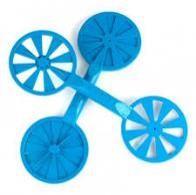

Water fitness equipment is very popular, and it is important to know how to use the equipment that is available to you. Buoyant equipment, such as noodles and foam dumbbells float. That means they offer resistance only when pushing them down toward the pool floor. Drag equipment, such as paddles, provide resistance in any direction.
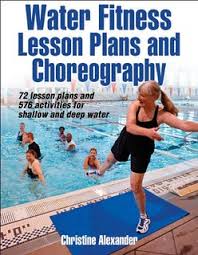
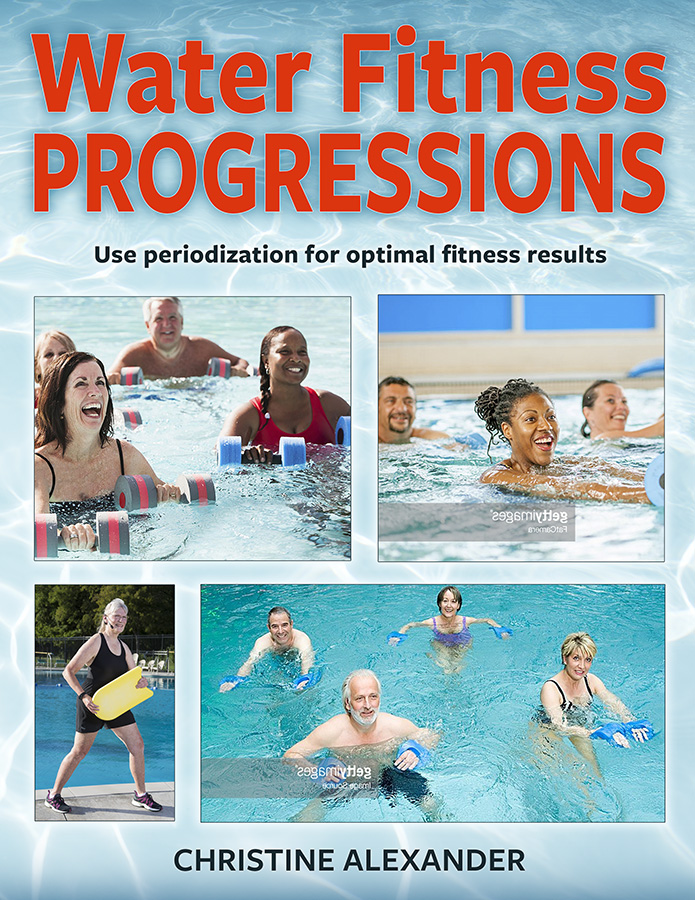
Then of course you do have to know a variety of exercises. It might surprise you to know that there are only seven basic shallow water exercises: walk, jog, kick, rocking horse, cross-country ski, and jumping jacks. All the other exercises are variations of these six. For example, you can take the basic exercise and change the arm movements; change the foot positions; work the move forward, sideways or backward; cross the midline; change the working position; or change the tempo. You can organize the exercises in many ways. Organizing the exercises into a lesson plan is writing choreography. There are a number of choreography styles that can help you do this. There is linear choreography, pyramid choreography, add-on choreography, the layer technique, and block choreography. Of course you want to put your choreography to music. Copyright laws prevent you from making playlists from your favorite musicians. Instead, buy your music from businesses that produce music specifically for fitness classes. For more information on teaching water fitness classes, see my books Water Fitness Progressions and Water Fitness Lesson Plans and Choreography..
If you would like to take the course you can register at https://webtrac.mckinneytexas.org/wbwsc/webtrac.wsc/wb1000.html?wbp=1 You will have to create an account with the McKinney Parks and Recreation Department. For assistance in creating an account, call the McKinney Senior Pool at 972-547-7947. Search for the class by using the Activity Number 303191. From there, add the class to your cart (the small cart icon on the left) and complete payment. In-person registration is available at the Senior Pool at 1400 College St. in McKinney. For more information on the class, see page 14 of the Fall Activity Guide https://www.mckinneytexas.org/DocumentCenter/View/27936/Activity-Guide-PR-Fall-2021
See you in the pool!

